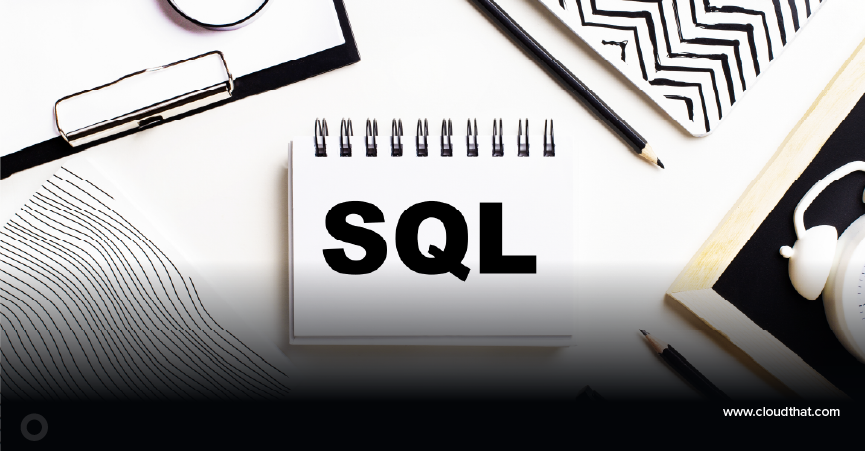|
Voiced by Amazon Polly |
SharePoint is widely used for document management and collaboration, while Azure Blob Storage is a scalable cloud solution for storing unstructured data. Transferring data between these platforms can be crucial for data management, analytics, or backups. This article explores different methods to copy data from SharePoint to Azure Blob Storage, along with a step-by-step guide and a comparison to help you choose the best approach.
Start your career on Azure without leaving your job! Get Certified in less than a Month
- Experienced Authorized Instructor led Training
- Live Hands-on Labs
Methods for Transferring Data:
- Manual Download and Upload
- Suitable for small data transfers or one-time tasks.
- Steps involve downloading files from SharePoint and uploading them to Azure Blob Storage using the Azure Portal or Azure Storage Explorer.
- Power Automate (Formerly Microsoft Flow)
- Ideal for automating repetitive tasks.
- Provides a low-code/no-code solution for seamless data movement.
- Azure Logic Apps
- A robust, serverless solution for automated workflows.
- Recommended for enterprise-level automation with complex workflows.
- Azure Functions with Code
- Allows custom development using programming languages like Python or C#.
- Best for scenarios requiring high flexibility and custom processing.
- Third-Party Tools
- Examples include tools like Sharegate, PowerShell PnP (Patterns and Practices), or integration platforms like SSIS with Azure Blob connectors.
- Useful for complex or large-scale data migration.
Step-by-Step Process for Each Method:
1. Manual Download and Upload:
- Log in to SharePoint and download the desired files or folders.
- Open Azure Portal or Azure Storage Explorer.
- Navigate to the desired Azure Blob container.
- Drag and drop the files into the container or use the “Upload” button.
Pros: Simple and quick for small datasets.
Cons: Tedious for large data and lacks automation.
2. Using Power Automate:
- Log in to Power Automate.
- Choose a trigger for your new flow, like “When a file is created or modified in SharePoint.”
- Add an action step: “Create blob” or “Upload file to Azure Blob Storage.”
- Configure connections to SharePoint and Azure Storage using API keys or credentials.
- Test the flow and monitor results in Power Automate.
Pros: Easy to use and integrates well with Microsoft ecosystem.
Cons: Limited flexibility for large datasets or custom needs.
3. Using Azure Logic Apps:
- Open the Azure Portal and create a new Logic App resource.
- Use the Logic App Designer to create a workflow:
In SharePoint, choose “When a file is created or modified” as the trigger.
The “Azure Blob Storage – Create Blob” action should be used. - Authenticate and set up connections for both SharePoint and Azure Blob Storage.
- Define file paths, naming conventions, and conditions as needed.
- Save and run the Logic App to verify functionality.
Pros: Scalable and robust for complex workflows.
Cons: Requires Azure subscription and setup.
4. Using Azure Functions:
- Write a custom script to fetch files from SharePoint and upload them to Azure Blob Storage.
Use Microsoft Graph API or SharePoint REST API for file retrieval.
Use Azure SDKs for uploading files to Blob Storage. - Deploy the script as an Azure Function.
- Trigger the function manually, on a schedule, or using an event-based trigger.
- Monitor the function execution via the Azure Portal.
Pros: Highly customizable and programmable.
Cons: Requires development expertise and maintenance.
5. Using Third-Party Tools:
- Select a third-party tool like Sharegate, SSIS, or PowerShell PnP.
- Set up the destination endpoint (Azure Blob Storage) and source endpoint (SharePoint).
- Set up transfer rules, mappings, and schedules.
- Run the migration and monitor the progress through the tool’s interface.
Pros: Feature-rich and handles complex migrations well.
Cons: May involve additional licensing costs.
Comparison of Methods:
| Method | Ease of Use | Scalability | Automation | Cost | Best For |
| Manual Download/Upload | High | Low | None | Free | Small, one-time transfers. |
| Power Automate | High | Medium | Yes | Free with Microsoft 365, otherwise paid | Routine automation for small-to-medium data. |
| Azure Logic Apps | Medium | High | Yes | Pay-as-you-go | Enterprise workflows and integrations. |
| Azure Functions | Low | High | Yes | Pay-as-you-go | Custom solutions for large or dynamic needs. |
| Third-Party Tools | Medium | High | Yes | Varies | Large-scale or complex migrations. |
Conclusion
The choice of method depends on your project size, technical expertise, and need for automation. For quick and small-scale tasks, manual methods or Power Automate are sufficient. Azure Logic Apps and Azure Functions are ideal for scalable, enterprise-level workflows, while third-party tools shine in complex migrations. Evaluate your requirements and use the detailed steps provided to efficiently copy data from SharePoint to Azure Blob Storage.
Enhance Your Productivity with Microsoft Copilot
- Effortless Integration
- AI-Powered Assistance
About CloudThat
CloudThat is an award-winning company and the first in India to offer cloud training and consulting services worldwide. As a Microsoft Solutions Partner, AWS Advanced Tier Training Partner, and Google Cloud Platform Partner, CloudThat has empowered over 850,000 professionals through 600+ cloud certifications winning global recognition for its training excellence including 20 MCT Trainers in Microsoft’s Global Top 100 and an impressive 12 awards in the last 8 years. CloudThat specializes in Cloud Migration, Data Platforms, DevOps, IoT, and cutting-edge technologies like Gen AI & AI/ML. It has delivered over 500 consulting projects for 250+ organizations in 30+ countries as it continues to empower professionals and enterprises to thrive in the digital-first world.

WRITTEN BY Sunil Kumar G R
A dedicated Subject Matter Expert at CloudThat in Azure Cloud Solutions with 18 years of experience in academia and training. Specializing in Azure Cloud Infrastructure and AI Services, Sunil Kumar G R has successfully delivered impactful solutions for clients across various sectors. As a Microsoft Certified Trainer (MCT), he has trained over 3,500 professionals and delivered Azure courses for organizations such as Microsoft, TCS, Mahindra, and others. His expertise in cloud architecture, AI technologies, and training is leveraged to drive innovation and efficiency.


 Login
Login


 December 23, 2024
December 23, 2024 PREV
PREV










Comments